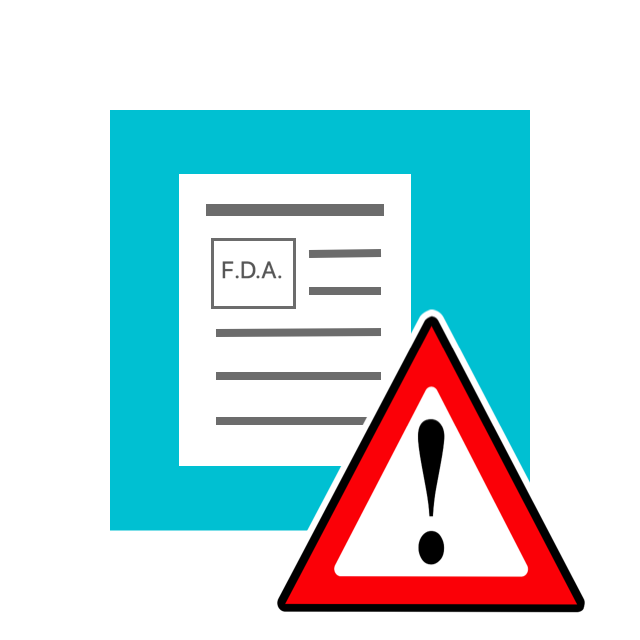Research presented at the AAAAI Annual Meeting suggests a link between maternal vitamin E levels and childhood asthma wheeze.
READ ARTICLE HIDE ARTICLE
ATLANTA, GA – It is still unclear what genetic and environmental factors cause people to develop asthma, but researchers from Vanderbilt University and Northwestern University have found an interesting link between maternal vitamin E levels and childhood asthma.
The researchers presented their findings at the 2017 American Academy of Allergy, Asthma & Immunology (AAAAI) Annual Meeting in Atlanta, Georgia. The study suggests children born to mothers with low vitamin E levels are more likely to suffer from wheeze and to require asthma medications.
“Our past studies have shown the effects of different components of vitamin E on mouse models of allergic inflammation and adult-onset asthma in humans,” said Cosby A. Stone, MD, lead author of the study. “We hypothesized that maternal vitamin E levels, reflecting levels that the fetus encounters during pregnancy, would affect childhood respiratory outcomes.”
The study followed 652 children and their mothers for the first two years of the child’s life. Researchers used post-pregnancy maternal samples to test mothers for two constituents, or isoforms, of vitamin E including alpha-tocopherol and gamma-tocopherol. There are 8 different isoforms, of which alpha- and gamma-tocopherol are the ones that scientists know the most about.
“The major sources of vitamin E are oils. Sunflower and safflower oil are highest in the vitamin E isoform alpha-tocopherol, while corn, soy and canola oil are higher in the vitamin E isoform gamma-tocopherol. Even though vitamin E is comprised of these individual isoforms, the isoforms have different effects on health in our human studies and animal experiments,” said Dr. Stone.
The mothers then completed annual questionnaires to ascertain if their child had recurrent wheezing or took asthma medications.
They found that children with wheezing were more likely to be born to mothers with significantly lower concentrations of the vitamin E isoform alpha-tocopherol. Women with the highest levels of the vitamin E isoform alpha-tocopherol after giving birth were less likely to have a child with symptoms.
High amounts of the other vitamin E isoform, gamma-tocopherol, in the mother’s system did not have the same protective effect against wheeze, and modified the protective effect of alpha-tocopherol.
This study is funded by a grant from the National Institutes of Health, National Institute of Allergy and Infectious Diseases Asthma and Allergic Diseases Cooperative Research Center.
For more information on
childhood asthma
or the
AAAAI Annual Meeting
, visit
aaaai.org
. Research presented at the
AAAAI Annual Meeting
is published
in an online supplement to The Journal of Allergy and Clinical Immunology
.
The American Academy of Allergy, Asthma & Immunology (AAAAI) represents allergists, asthma specialists, clinical immunologists, allied health professionals and others with a special interest in the research and treatment of allergic and immunologic diseases. Established in 1943, the AAAAI has more than 6,900 members in the United States, Canada and 72 other countries. The
AAAAI’s Find an Allergist/Immunologist
service is a trusted resource to help you find a specialist.
Editor's notes:
Additional Information
Asthma Symptoms, Diagnosis, Treatment & Management »
Learn More from AAAAI





